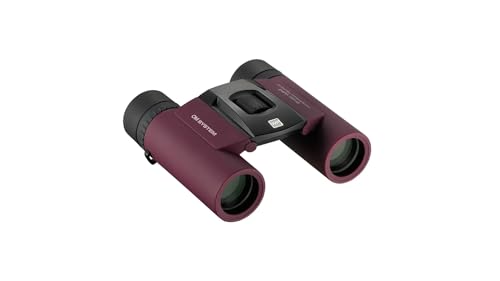Understanding LED TVs: The Basics Explained
What is an LED TV?
At its core, an LED TV is basically an LCD TV that uses LED backlighting instead of standard fluorescent backlighting. This means that instead of using those bulky tubes to light up the screen, LED technology uses small light-emitting diodes. This advancement allows for improved brightness and contrast, leading to a more vibrant picture quality. Furthermore, LED TVs are typically slimmer and more energy-efficient than their older counterparts.
How LED Technology Enhances Viewing Experience
LED technology enhances our viewing experience in multiple ways. It offers better colour accuracy, wider viewing angles, and deeper blacks compared to traditional LCDs. Imagine watching your favourite film and being captivated by the fine details in shadows and bright highlights. With LED TVs, those experiences become richer and more immersive. Also, newer models come with features like local dimming which further enhances contrast by adjusting the light output of specific areas of the screen.
Key Features to Look For in LED TVs
Resolution: Understanding HD, 4K, and 8K
When choosing an LED TV, resolution is one of the most crucial factors. HD (1080p) is standard for most people, but if you’re looking for an ultra-sharp picture where tiny details matter, consider a 4K (2160p) model that has four times the pixels of HD. For those of us wanting the cutting edge, 8K TVs offer a jaw-dropping clarity, though content may be limited. Think of resolution as the amount of detail in a photograph – higher resolution means crisper, clearer images.
Smart TV Capabilities
In today’s world, a smart TV is practically essential. A smart LED TV allows us to stream our favourite content directly from popular services like Netflix and Disney+, without needing additional devices. Think about how convenient it is to have everything at our fingertips – no more fiddling with multiple remotes or connections. Look for user-friendly interfaces and compatibility with your favourite apps.
Refresh Rate: Why it Matters
Refresh rate indicates how many times per second the image is refreshed on the screen. A basic 60Hz refresh rate might suffice for regular viewing, but if we enjoy sports or fast-paced movies, a higher refresh rate (120Hz or more) ensures smooth motion without blurring. This can enhance our viewing experience significantly, making action scenes feel more fluid and engaging.
Top Recommendations Based on Our Research
Best Overall LED TV
For those seeking a well-rounded performer, consider the Samsung QLED series. It offers vibrant colours, impressive brightness, and a user-friendly smart interface, making it a fantastic all-round choice for various entertainment needs.
Best Value for Money
If budget is a concern, the TCL 6-Series delivers exceptional performance for its price. With great picture quality, solid sound, and good smart features, it’s an ideal option for anyone who wants excellent value without compromising too much on quality.
Best High-End Option
For those wanting to splurge, the LG OLED series provides unparalleled picture quality with stunning contrast and true blacks, perfect for cinema enthusiasts or anyone serious about home entertainment. The price is higher, but for many, it’s worth every penny.
How to Choose the Right Size for Your Space
Finding the Ideal Size
When selecting the size of your LED TV, the space where it will reside is the most important factor. A general guideline is to sit about 1.5 to 2.5 times the diagonal screen size away from the TV for optimal viewing. For instance, if you opt for a 55-inch TV, your seating should ideally be 7 to 11.5 feet away. Consider also the size of your room; a massive TV in a small room may overpower the space, while a tiny screen in a large room might feel inadequate.
Wall-Mounting vs. Stand Placement
Deciding whether to wall-mount or use a stand can influence the size choice as well. Wall-mounting can save space and offers a sleek look. If we choose to go this route, make sure the size complements the height at which we plan to mount it. Alternatively, television stands often come with built-in storage, which might suit our needs better if we have multiple devices.
Setting Up Your LED TV for Optimal Viewing
Positioning Your TV for Best Results
Positioning your TV is crucial for an enjoyable viewing experience. Ensure that the screen is at eye level when we sit down, whether it’s on a stand or mounted. It’s also important to avoid glare; positioning the TV away from windows or bright lights can make a significant difference in picture quality.
Configuring Picture Settings
Once we have our TV set up, tweaking the picture settings can enhance our experience remarkably. Most LED TVs come with preset modes like ‘Cinema’ or ‘Sports’, but exploring custom settings for brightness, contrast, and colour can yield significant improvements based on our specific preferences and viewing conditions.























